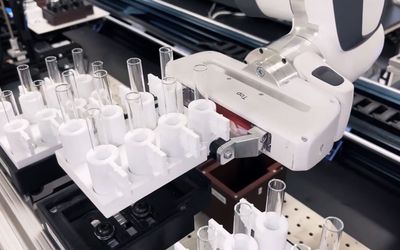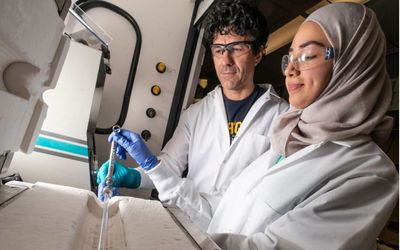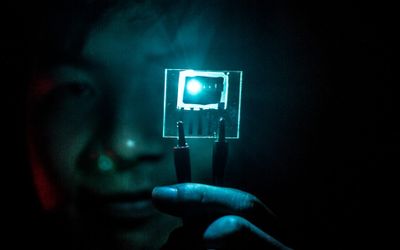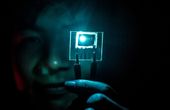


HEADQUARTER
Ann Arbor, MI, USAWhat we do
Work together. Create smart machines. Serve society. University of Michigan’s Robotics Institute aims to create a collaborative community of roboticists, where through mutual respect, integrity in action, and transparency in thought, we accelerate socially beneficial advances in robotics. This community will collaborate in a new $75 million facility, to be completed in 2020, featuring shared laboratory space with state-of-the-art infrastructure. Michigan Robotics, rooted in the College of Engineering, connects to university and statewide strengths in medical innovation, advanced manufacturing, autonomous systems and automotive research. With these foundations, Michigan Robotics fosters a culture of collegiality, diversity, and cross-disciplinary problem solving to create smart machines that serve societal needs.












